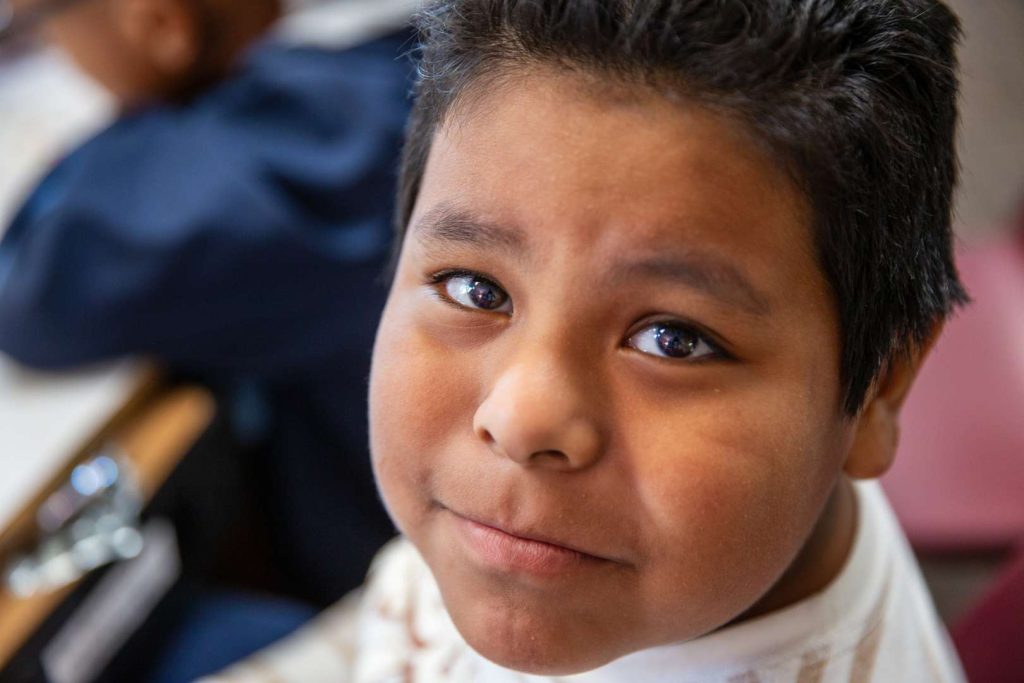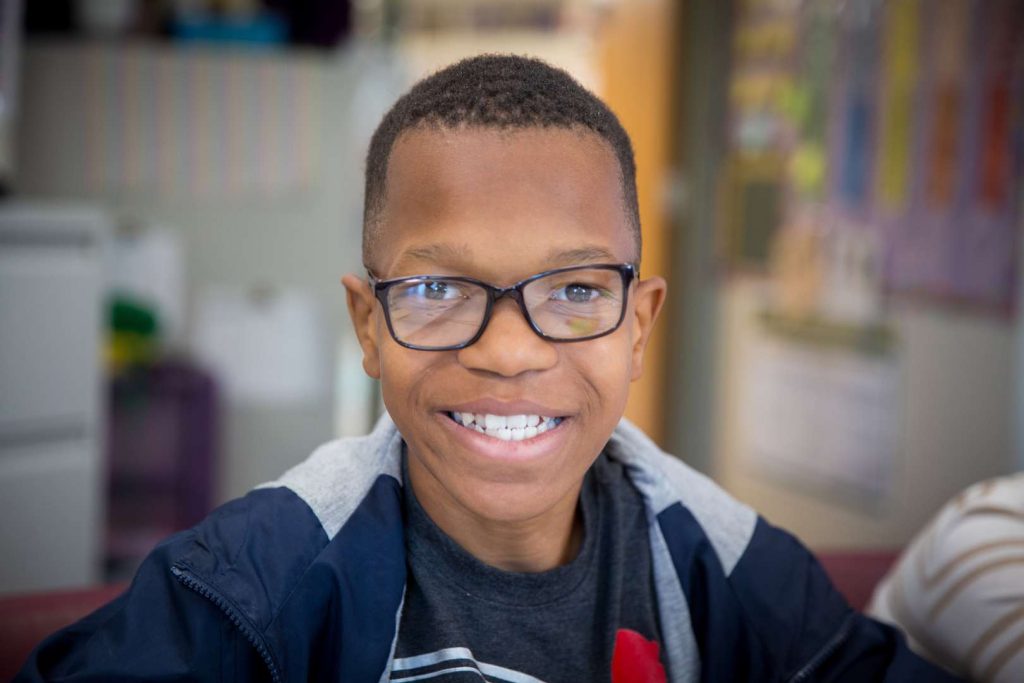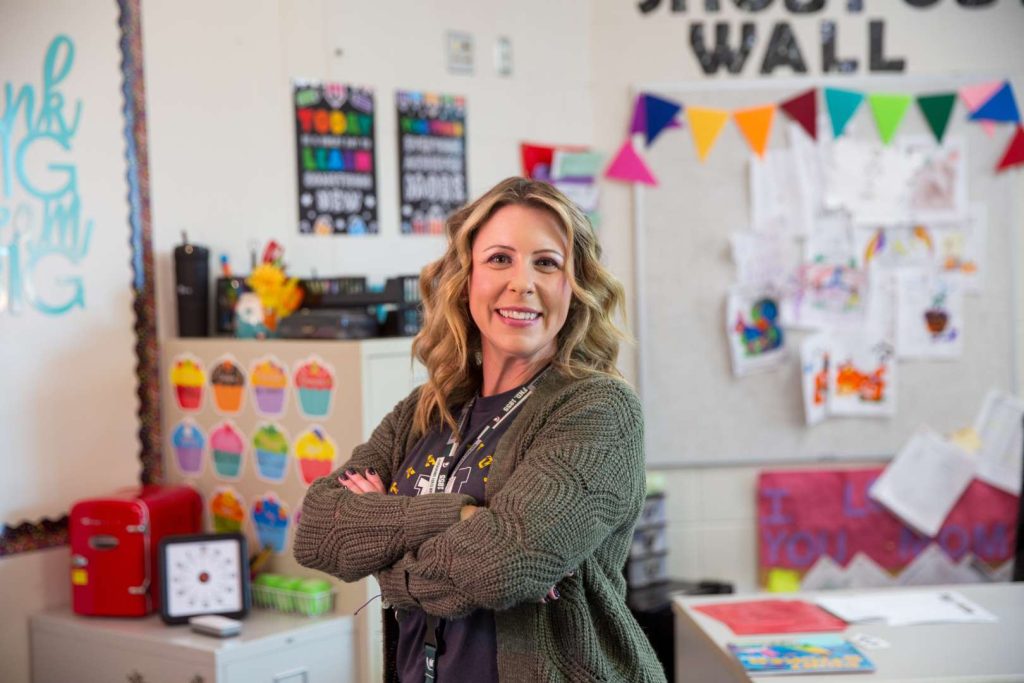




Creating community in the classroom
One can’t help but feel the warmth when entering Special Education Teacher Lindsay Cieslak’s classroom at Three Fires Elementary in Howell, Michigan. The subtle lighting, soft music and her bright, welcoming demeanor provide a space where students and staff members feel at ease.
In a classroom that hosts close to one dozen students, the learning is individualized, and relationships carry a familial touch. For Cieslak, watching students achieve new feats is the driving force behind what she does.
“The best is when you see them meet a goal or something they’ve been working on for a long time and you’ve helped them get to that point,” she said. “The light that goes on and excitement that you see come from them – what that does to you as an educator is really indescribable and makes you want to come back every day and keep doing what you’re doing.”
Purpose and Partnerships
A small lamp with a golden, apple-shaped base rests on Cieslak’s desk. It once belonged to her late mother, who taught in Howell and serves quite literally as her guiding light. “I feel her presence in my classroom every day and I know she’s guiding me throughout my journey, and I love that I’m now here in the place where started her teaching career.” Moreover, Cieslak comes from a special needs family as her sister was born with cerebral palsy.
The sense of community in her classroom stretches past its confines. Cieslak has enlisted the support of the schools’ TIES Program, which pairs general education students from across the school with students in her classroom to not only promote inclusivity, but social and emotional learning. She also credits the strong bond between fellow staff and school administrators as the reason for success in her class.
Serving a neurologically diverse population of students requires everyone to be flexible and on the same page, she noted.
“All of my students are very different and have unique needs that are special to them,” said Cieslak. “My team and I embrace all of those different needs and learning styles to make sure they feel good throughout their day.”
The collaborative spirit at Three Fires makes for an enriched classroom experience once the bell rings. On a typical day, students begin their day with “specials” – classes or activities that are outside of core academic subjects – followed by a read aloud, small-group math learning and English language arts stations. In the afternoon, support specialists work individually with students on their identified goals.
Spartan Imprint
Cieslak graduated from the college’s Special Education program in 2004, but to this day, she recalls the lessons learned from long-time Professor Troy Mariage. “It’s very rooted in me, I still think about the things I learned in his classroom,” she said. “He was fun, engaging, empathetic, compassionate and I really try to emulate that and carry those characteristics with me to this day. He had a huge impact on me.”
She credits her student-teaching year for providing her with the essential skills of classroom management and the ability to differentiate curriculum effectively within a special education setting.




